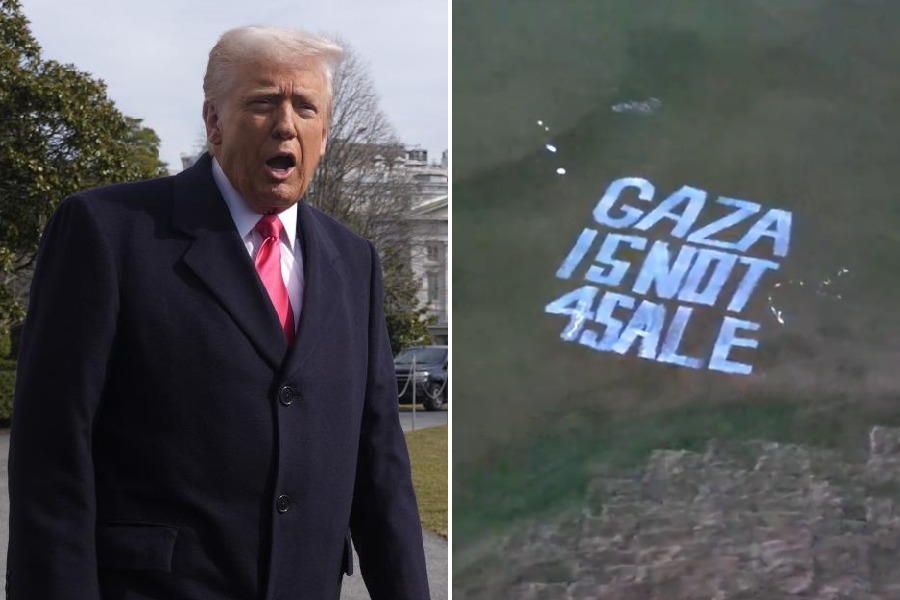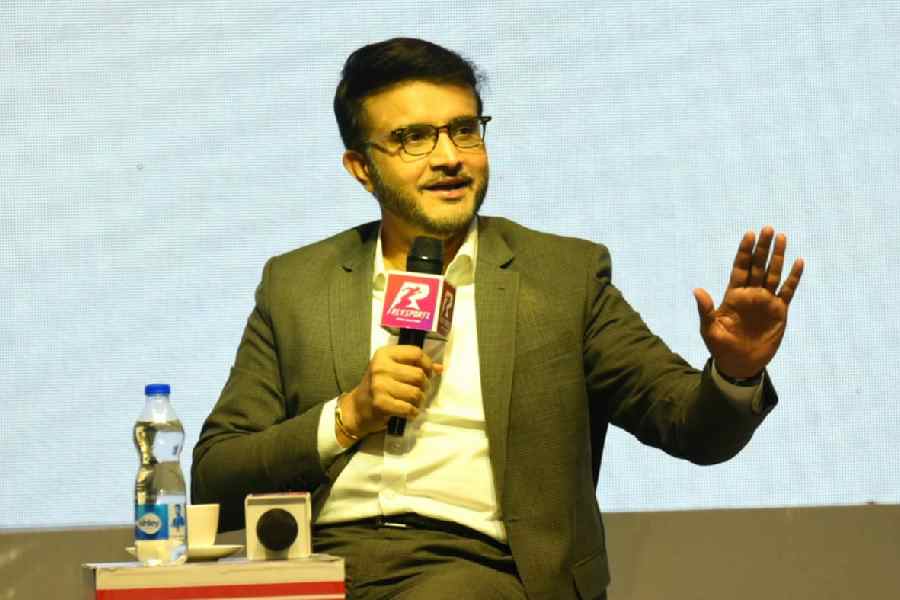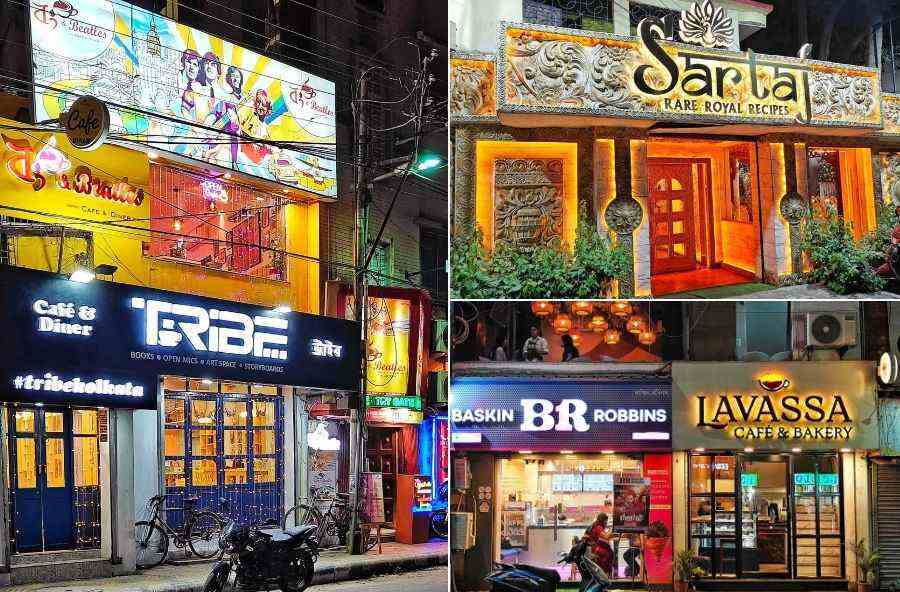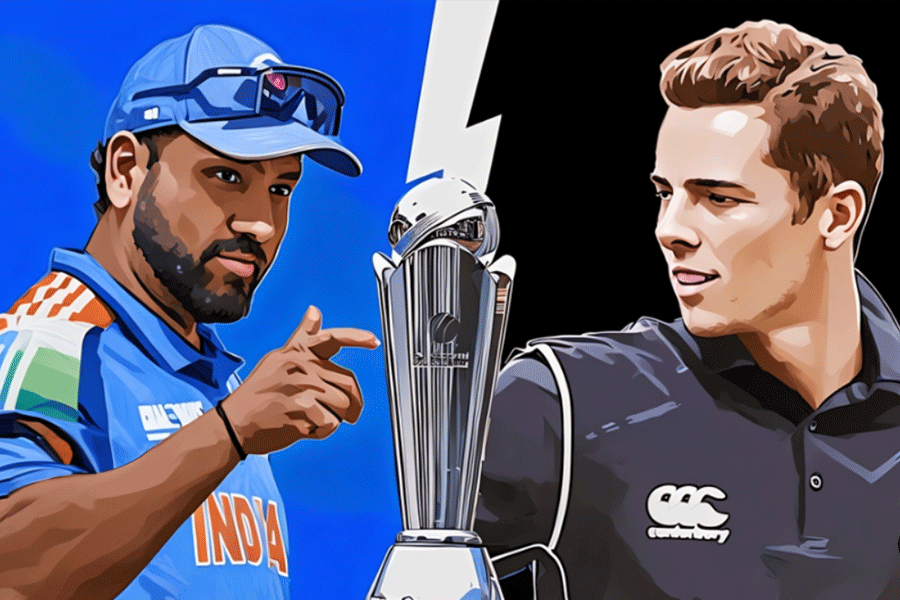 Sunday, 09 March 2025
Sunday, 09 March 2025
 Sunday, 09 March 2025
Sunday, 09 March 2025
It was a significant diplomatic triumph for India – but one that is almost certain to expire in the coming year. At the end of last year, Sri Lanka announced it would not allow Chinese naval ships to dock at its ports and conduct research in its coastal waters for 12 months. China – which is the island’s biggest financial creditor – has put intense pressure on Sri Lanka to revoke the ban and there's almost no chance it will be renewed in 2025.
But the fact that it even happened was a champagne-opening moment for Indian diplomacy. Now India will be treading warily once again in the island nation. Its closest friend in the Sri Lankan political firmament was outgoing President Ranil Wickremesinghe, who presided over a stringent austerity regime and could only secure 17 per cent of the vote in the presidential elections.
The new Sri Lankan President, Anura Dissanayake, is a complete break from the past. He was once a Marxist ideologue but is believed to have become much more pragmatic in recent years. Crucially, he’s not a member of Sri Lanka’s ruling elite which has always held the country’s top jobs till now. This election marks a complete turnaround for him and his Janatha Vimukthi Perumana (JVP) party which only picked up a measly 3 per cent of the vote in the 2019 presidential election.
The major question being asked now in diplomatic circles is whether the once-hardline Marxist will be more friendly than the Wickremesinghe regime with China. Or will he take an even-handed approach between India and China in the ongoing diplomatic tug of war being played near our shores?
The biggest bets being placed say he will attempt to balance the two giants but he won’t be able to ignore Chinese money. Dissanayake visited three Indian cities in February and during his time in Delhi, met both national security adviser Ajit Doval and foreign minister S. Jaishankar.
In the 19th century, the Great Game was played between Britain and Russia for a diplomatic edge at the Afghan border. Now a small-scale version of the Great Game – we could call it the Little Game or the not-so-Great Game – is being played out in India’s neighbourhood in Sri Lanka, Nepal, the Maldives, and even Bangladesh to a lesser extent.
In this Little Game, the Chinese have the money that is being splashed out in all directions while India has the advantage of knowing its closest neighbours well. China’s Belt and Road Initiative (BRI) is a means of pouring money into all-roads-lead-to-Beijing, Chongqing or Kunming schemes that aim to build the Middle Kingdom’s power and influence.
The Chinese are now looking to pull Sri Lanka into the newest of its BRI initiatives, the China-Myanmar-Economic Corridor (CMEC). Basically, the CMEC will bring goods from Kunming, near the Myanmar border via a highway to Kyaukphyu, a new Myanmar port being built by China. This will give the Chinese an opening into the Bay of Bengal. In this new grand scheme, the CMEC could be used to flood Sri Lanka with Chinese products. India watched, not very happily, when Wickremesinghe travelled to Beijing for the 3rd BRI Summit last October. That was followed shortly afterwards by the visit of a Chinese special envoy who further paved the way for the CMEC.
What are India’s weapons against China’s vast riches? The answer, perhaps not so surprisingly, is also money. The difference is that in recent years India has used its money smartly during times of need to bail its smaller neighbours out of trouble.
When Sri Lanka faced an economic meltdown, India gave it $4 billion in assistance and also helped to smooth the path for an IMF loan. Similarly, in the Maldives, India bought $50 million worth of government treasury bills twice this year. Soon afterwards, Maldives President Mohamed Muizzu accepted an invitation for Prime Minister Narendra Modi’s swearing-in ceremony and has promised he will make a state visit to India soon. Muizzu also sacked two ministers who had made anti-Indian statements.
The Maldivian president signalled his anti-Indian stance just after taking over by first heading to Turkiye on an official visit and followed that up with a visit to Beijing. But two bond purchases later, he’s checking for the best fares to Delhi.
The dangers for India are obvious if China muscles its way into a string of Sri Lankan projects. In 2021, Chinese company Sinosaur-Etechwin snapped up a deal to build hybrid wind and solar energy projects on three Sri Lankan islands in the Palk Bay that are barely 50km from the Indian coast. Inevitably, this set off loud alarm bells in New Delhi and it stepped in – once again with a pocket-friendly proposal. India offered to finance the projects with grants rather than loans, as had been planned till then. The Sri Lankan course change prompted a distinctly undiplomatic temper tantrum by China’s ambassador to Sri Lanka.
The Chinese do have one unassailable advantage over India. Quite simply, they build better. They build better roads, ports and also railways. Could an Indian company have built the railroad that runs to Tibet? Unlikely.
But wherever they build, the Chinese appear to leave a trail of pocket-burning debt. The Hambantota port and airport were always easily recognised as unaffordable white elephants. Hambantota port, where hardly any ships call, has been signed off to China on a 99-year lease. Hambantota Airport still doesn’t have any scheduled flights but it has been taken on lease by an Indian company, Shaurya Aeronautics, and a Russian firm.
One question that arises, therefore, is: can Sri Lanka afford any more expensive BRI projects? If the Chinese throw wads of cash at them, the money will have to be repaid at some point. Sri Lanka’s external debt is now at a staggering $40 billion – and 52 per cent of that is owed to China. One potential danger to the CMEC is that the highway through Myanmar will have to pass through rebel-held territory.
Dissanayake’s JVP has a violent past and has been involved in two armed uprisings. But most people believe that Dissanayake and the JVP have put that behind them now.
Harini Amarasuriya, who has just been appointed Sri Lanka’s prime minister, is an academic who did her undergraduate degree at Delhi’s Hindu College.
Dissanayake made his position clear in an interview earlier in September before he was elected. “We also don’t want to be sandwiched between China and India. Both are valued friends and we expect them to become closer partners.”
If that’s how it works out, perhaps that’s the best that India can hope for.







